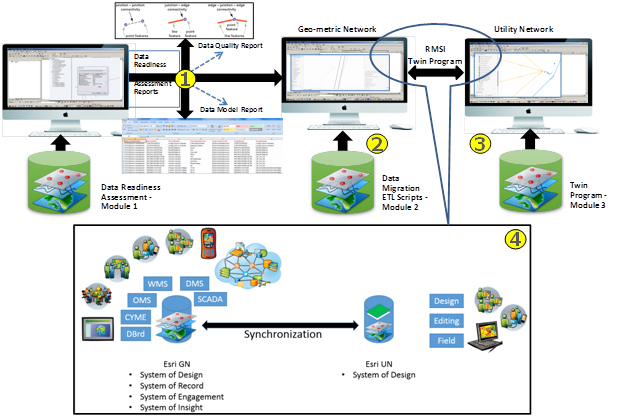

Of course, the trade-off here it the cost of building and maintaining the network, which is why the likes of Silver Spring were able to sell that as a service.” A utility, for instance, could build its own network, and avoid having to pay subscription fees to a network provider. “In addition, while Wi-SUN might be a fairly straightforward technology to adopt, it does run into issues when it comes to charging for access. Wi-SUN has, to date, targeted a pretty specific set of applications, which might make it an easier sell to a network operator to expand into. It adds: “There are still more national LoRa adopters in Europe than Wi-SUN – not that the likes of Orange or KPN are showing all that much enthusiasm for the unlicensed LPWAN.

With 89m devices connected to date, it seems to have made a pretty compelling argument.” For smart electricity meters and streetlights, a power supply is not a problem – the module can draw from the electricity in the device. “LoRa and Sigfox seem to have it beat when it comes to power usage, but Wi-SUN’s utility focus makes this something of a moot point. It also tends to have much lower latencies than other unlicensed LPWAN protocols, and usually higher bandwidth – and it’s IPv6 compliant,” says Rethink Wireless in a blog post. “While capable of multi-mile transmissions, the mesh protocol can make multiple hops between end points to reach its intended destination. ESB Telecoms in Ireland and UPC in Switzerland and have recently selected W-SUN to run alongside their core licensed cellular offerings. It is the “most widely deployed IoT network technology in the world”, it claims.Ĭonsultancy Rethink Technology estimates companies in the Wi-SUN ecosystem will see compound annual growth of 20 per cent, as mesh network technology reaches into new verticals and different business models emerge. As of April 2018, its total membership stood at 180 – with members in “every corner” offering over 80 Wi-SUN products, in turn creating ecosystem it claims “stretches” to 89 million capable devices. The Wi-SUN Alliance claims a 60 per cent rise in its membership during the last 12 months. Support for the technology is gathering pace. Its focus has since expanded to include broader based smart cities applications. Original use cases included gas metering, demand/response systems, and distribution automation. The Wi-SUN Alliance, which includes the likes of Cisco and Itron as ‘promoter’ members, is working to get a global set of manufacturers to agree on common IPv6 based specifications for communications gear in the smart grid. Its focus from the start has been to untangle the complex web of communications technologies that have grown up within smart grids, invariably around proprietary and systems and legacy equipment.

The open ‘wireless smart utility network’ (Wi-SUN) mesh protocol is based on the IEEE 802.15.4g SUN standard, approved in March 2012. Wi-SUN has been quietly succeeding in the smart utilities and smart cities markets as an alternative for low-power wide-area (LPWA) networking like LoRa and Sigfox.


 0 kommentar(er)
0 kommentar(er)
